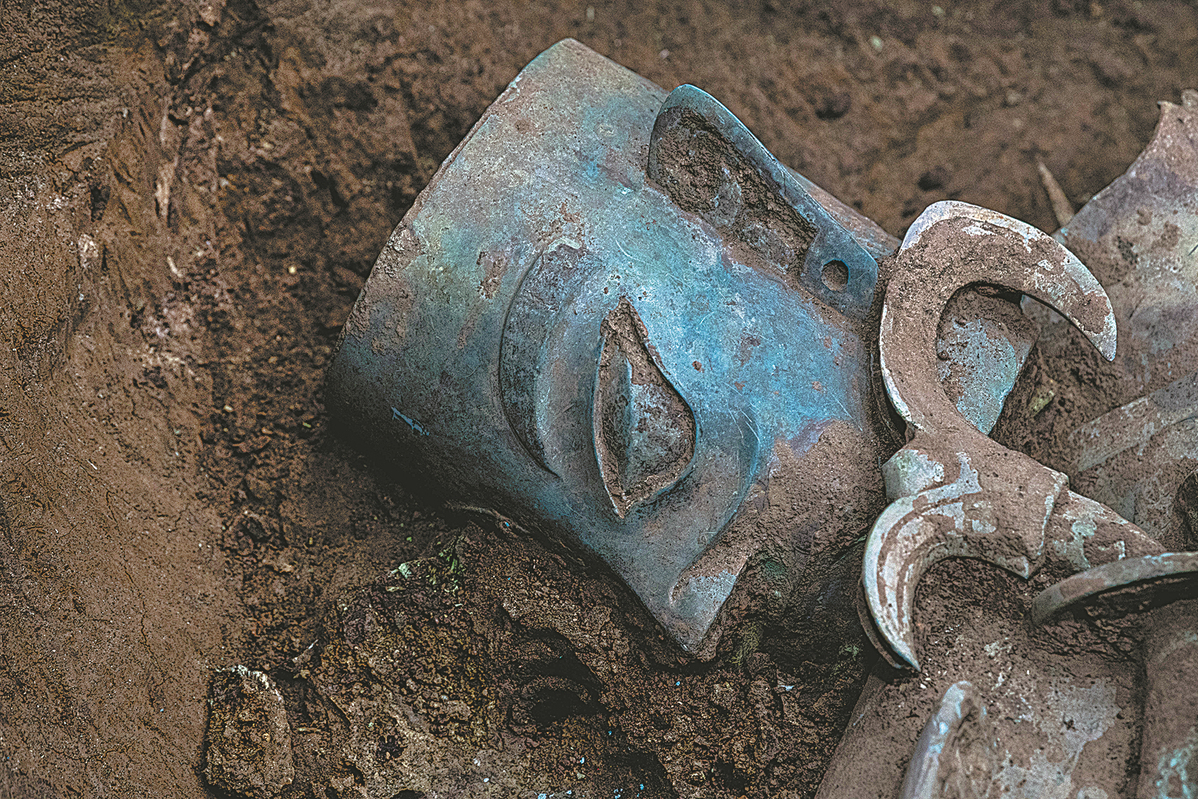

Xie said a breakthrough was made in taking care of fragile items, such as 600 ivory tusks recovered from the pits, by adopting new technologies. The use of high technology research and conservation techniques yields new discoveries from the artifacts in laboratories.
For example, no physical evidence of silk from 3,000 to 4,000 years ago was previously found in Southwest China. But about 20 artifacts in Sanxingdui were found to have been once covered by silk, filling a gap in historical studies.
Research of plant and animal remains among the burned ashes detected in the pits could also yield greater understanding of the natural environment of Sanxingdui at that time, Xie added.
"We welcome conservators from across the world to join our work on Sanxingdui," Xie said. "Interdisciplinary research can help us better explain the value of the relics and thus reconstruct a picture of early Chinese civilization."